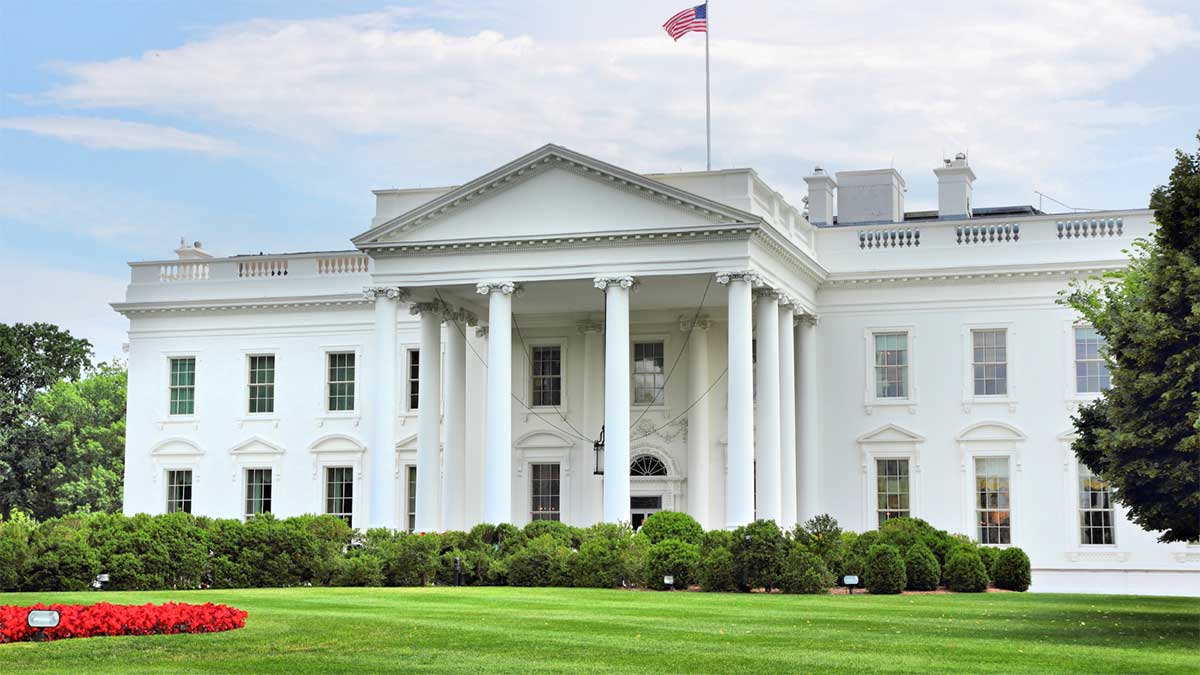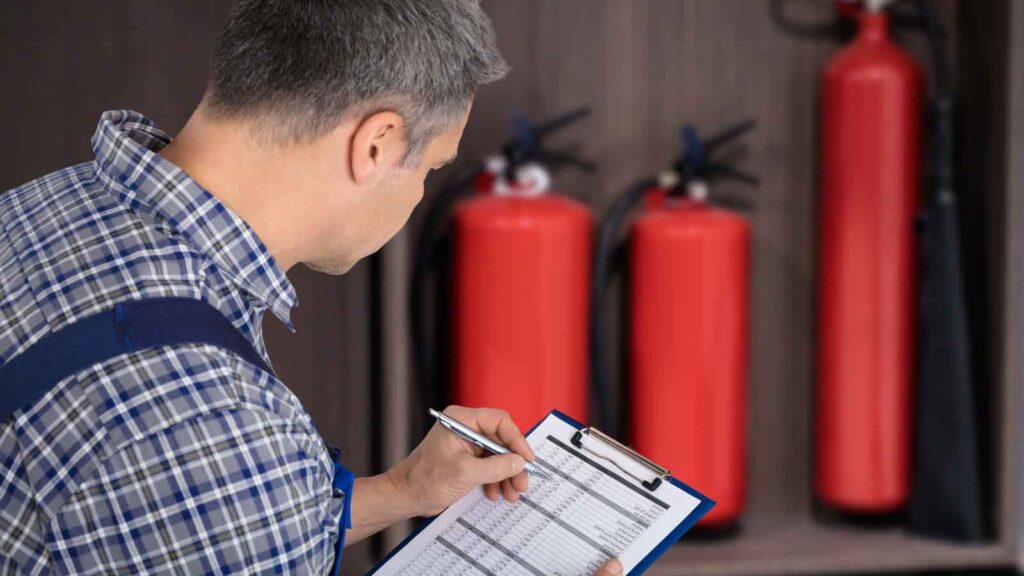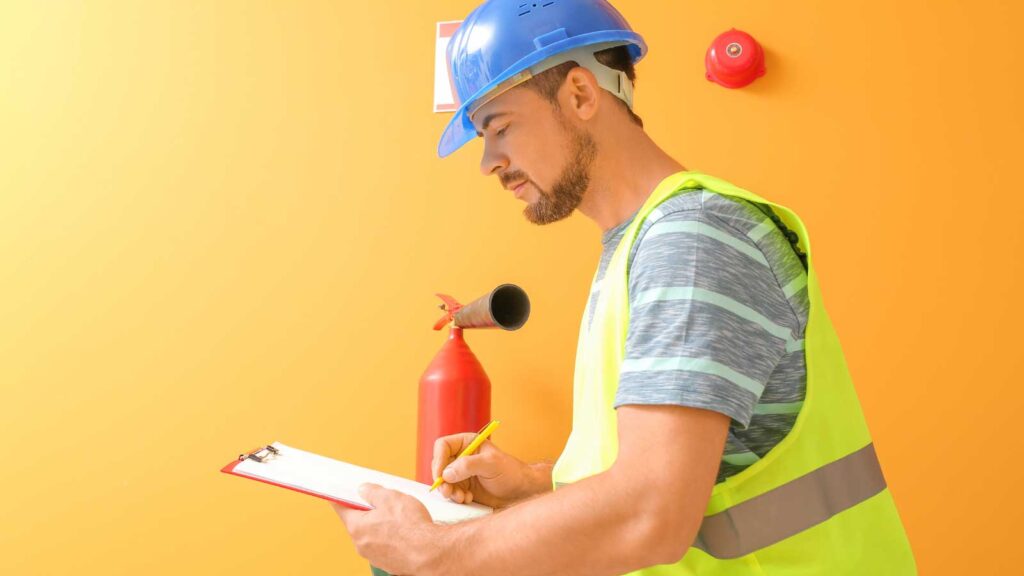Many property owners and facility managers struggle to navigate fire safety regulations. They’re often unsure who sets the rules, enforces them, and how to keep up with changing codes.
The fact is, confusion can lead to a range of problems, including missed inspections, outdated fire sprinkler system installations, and costly violations. When multiple agencies are involved, understanding where responsibility lies becomes even more difficult.
To fix that knowledge gap, it’s essential to understand how different government bodies work together to uphold safety standards.
In this blog, we’ll look closely at government agencies’ role in enforcing fire safety standards. By the end, you’ll have a clear picture of how oversight works across local, state, and federal levels, and most importantly, you’ll learn how that impacts your compliance efforts.
Understanding Fire Safety Standards and Their Critical Importance
Fire safety standards are codified rules that govern how buildings should be designed, maintained, and managed to minimize fire risks. They cover everything from structural materials to alarms and extinguishers used on site. These standards are adopted and enforced at various government levels, often based on recommendations from national safety organizations.
Their importance goes beyond checking boxes for an inspection. Fire safety standards exist to protect people, property, and operations. They are practical, actionable, and built from decades of incident data and engineering insight.
Their critical importance further solidifies with these reasons:
- Standards ensure systems perform under pressure. Fire alarms, extinguishers, and fire sprinkler systems must work correctly when needed. Design requirements make that happen.
- They set evacuation protocols. Exit signs, accessible routes, and emergency lighting help people leave safely and quickly during a fire.
- They reduce the chance of fire spreading. Standards require fire-resistant materials and compartmentalization in high-risk areas.
- They support insurance and legal compliance. Following safety codes lowers liability and may improve your position in insurance claims or inspections.
Following these standards is not just a legal issue. It’s a safety commitment. Understanding them is the first step to creating safer spaces and avoiding preventable damage.
The Role of Government Agencies in Enforcing Fire Safety Standards
Government agencies are central to making sure fire safety codes are followed consistently. Their work supports both public safety and legal compliance for a wide range of facilities. So, what exactly does each level of government contribute to this enforcement system?
Federal Agencies and Their Fire Safety Oversight Responsibilities
Federal agencies shape national fire safety policies and support enforcement through regulations and research. They focus less on day-to-day inspections and more on setting standards and overseeing high-risk sectors like workplaces, federal buildings, and specialized facilities.
Agencies like OSHA enforce fire-related workplace rules, while FEMA and NIST provide technical guidance and emergency preparedness support. Their reach includes creating resources, funding state and local programs, and conducting research that influences building and safety codes across the country.
State Fire Marshal Offices and Regulatory Authority
State fire marshal offices enforce fire codes adapted from national standards like the NFPA and the International Fire Code. They oversee inspections of large-scale facilities, review construction plans, and investigate major fire incidents.
Each state determines how much authority its fire marshal holds. In some states, the fire marshal has jurisdiction over nearly all public safety enforcement related to fire prevention. In others, much of that responsibility is delegated to local departments, but the state still sets the broader regulatory framework.
Local Fire Departments’ Code Enforcement and Inspection Programs
Local fire departments conduct routine fire safety inspections, issue permits, and respond to community complaints about unsafe conditions. They also play the most direct role in educating property owners, enforcing local fire ordinances, and guiding emergency preparedness.
These departments are often the first to witness the dire impact of fires, which gives urgency to their enforcement efforts. Their work includes inspections, follow-up visits, fire drills, and one-on-one consultations with building managers to reduce risk in practical, actionable ways.
Interagency Coordination and Information Sharing in Fire Safety Enforcement
No single agency can handle fire safety enforcement alone. Each essential party plays a huge role in aligning policies, sharing compliance data, and supporting each other’s enforcement activities.
This cooperation improves how quickly hazards are addressed and ensures standards are applied consistently. It also allows agencies to learn from incidents, adjust policies, and communicate updates clearly across jurisdictions. Good coordination reduces overlaps and closes enforcement gaps before they become risks.
How to Properly Adhere to the Enforcement of Fire Safety Standards
The best way to stay compliant is to understand your responsibilities and take action early.
To give you more context, let’s look at the core components that help ensure full compliance with enforced fire safety standards:
Understanding Compliance Requirements and Regulatory Obligations
Different occupancy types, building uses, and business operations require different safety measures. A small retail space doesn’t face the same fire risks as a chemical processing plant, meaning fire codes aren’t one-size-fits-all. Staying compliant means knowing exactly which codes apply to your type of facility.
That starts with reviewing local fire ordinances and state-adopted codes, especially if you’re planning renovations or expanding operations.
For example, a permit and compliance check may be legally required before use when a new warehouse installs additional shelving that affects sprinkler reach. Overlooking that detail could lead to a failed inspection or limited suppression during a fire event.
Implementing Effective Fire Safety Management Systems
A solid fire safety management system gives structure to your fire prevention efforts. It outlines tasks, assigns roles, and creates timelines for regular checks and procedures. Without a system in place, even the best equipment can fail if no one tracks its status or keeps the team informed.
Building this system can be as practical as assigning weekly walk-throughs for a site manager to check that fire doors are closed and extinguishers are accessible. Facilities that operate around the clock may need shift-specific responsibilities to ensure continuous compliance. What matters is that these responsibilities are clear and consistently followed.\
Documentation and Record Keeping for Fire Safety Compliance
If you can’t show evidence during an inspection, proper safety procedures mean little. That’s where documentation becomes critical. Inspectors often ask to see service logs, fire drill schedules, and system certifications. Disorganized or missing records raise red flags, slowing the inspection process or leading to penalties.
For example, a high-rise office building should keep records of all annual fire alarm and suppression system tests in one easily accessible location. If a follow-up inspection is needed, having these records available can help resolve the issue quickly and demonstrate a proactive safety culture.
Regular Maintenance and Testing of Fire Safety Equipment and Systems
Fire protection systems require consistent care to stay effective. Without regular attention, equipment can degrade, become obstructed, or become out of date. This applies especially to critical systems like alarms, emergency lighting, and fire sprinkler maintenance, where performance depends on precise, reliable functionality.
In a commercial setting, that might mean scheduling quarterly inspections to test the sprinkler system’s flow rate, check for corrosion, and ensure valves are operable. If the system hasn’t been serviced in a year or more, it’s already a liability. Timely maintenance keeps systems in working order and helps identify issues before they become violations.
The Role of Professional Fire Protection Services
While understanding regulations and maintaining equipment internally is important, relying solely on in-house efforts can leave critical gaps. That’s where professional fire protection services step in.
These services bring experience, precision, and deep knowledge of local, state, and federal fire codes. They help property owners avoid costly mistakes, stay ahead of code changes, and respond to violations quickly.
At Kimble & Company, we provide tailored fire protection services that simplify compliance and improve overall safety. We work closely with clients to ensure their systems are up to code and fully functional. Through our help, we guarantee the following:
- Code compliance support: We interpret complex regulations and help clients implement practical, compliant solutions.
- Routine inspections and testing: Our team handles scheduled checks for alarms, extinguishers, suppression systems, and more.
- Custom system design: We design and install systems suited to your building’s unique needs, layout, and risk profile.
- Rapid response to violations: When issues arise during inspections, we respond quickly with fixes that satisfy fire marshals and code officials.
Whether you manage a commercial property, industrial site, or public building, we’ll help you build a safer environment. Call Kimble & Company today to learn how our fire protection services can simplify compliance and protect what matters most.



